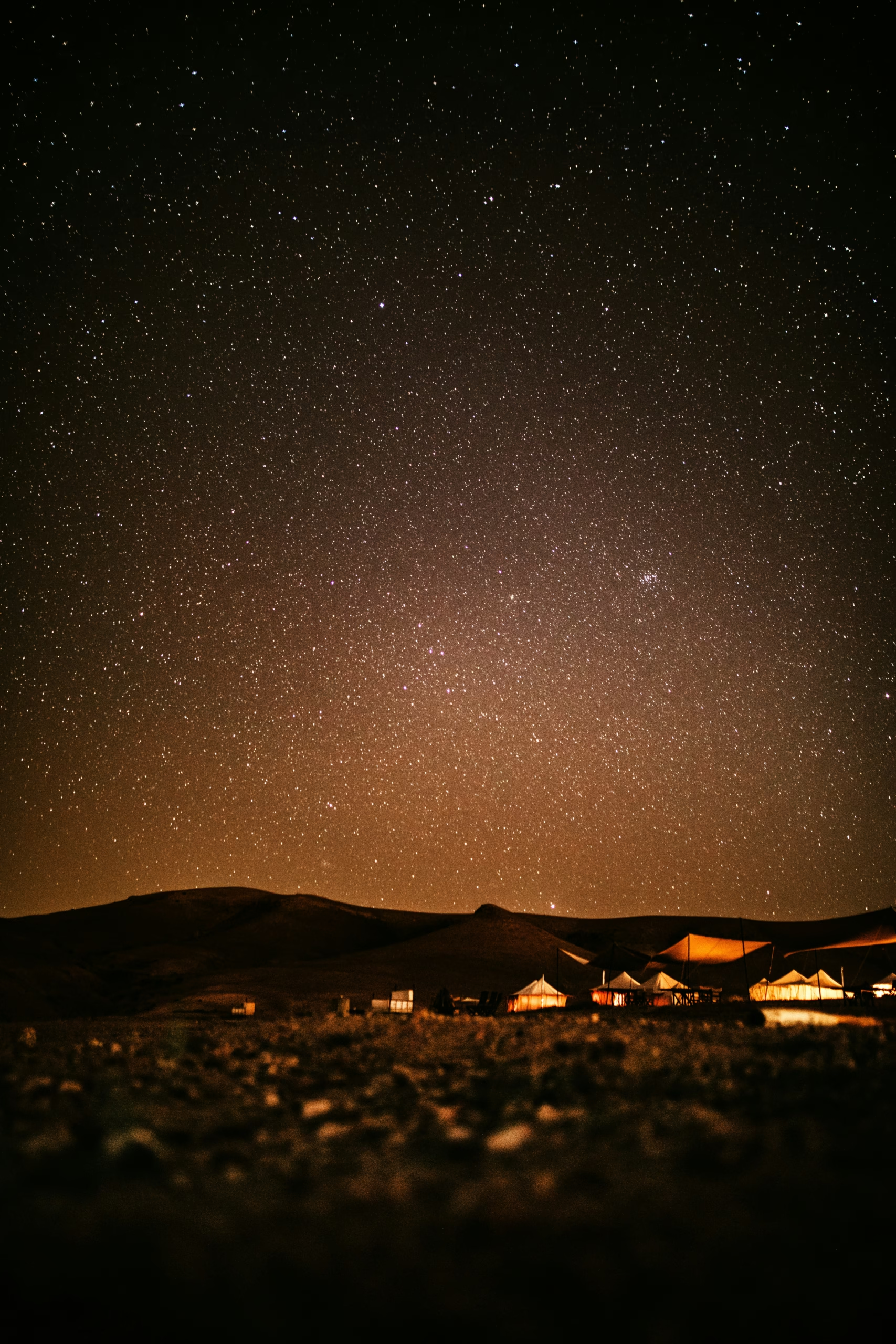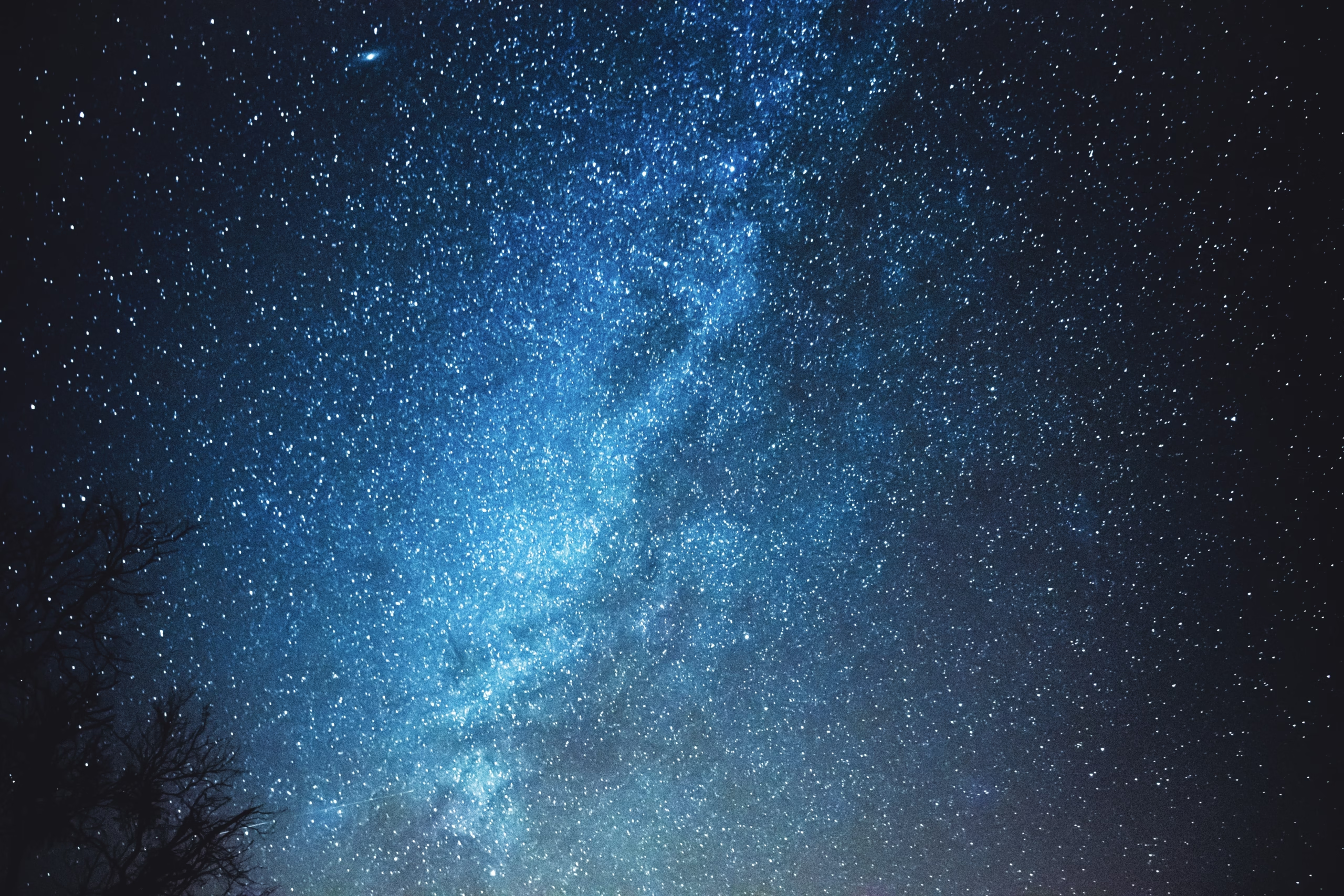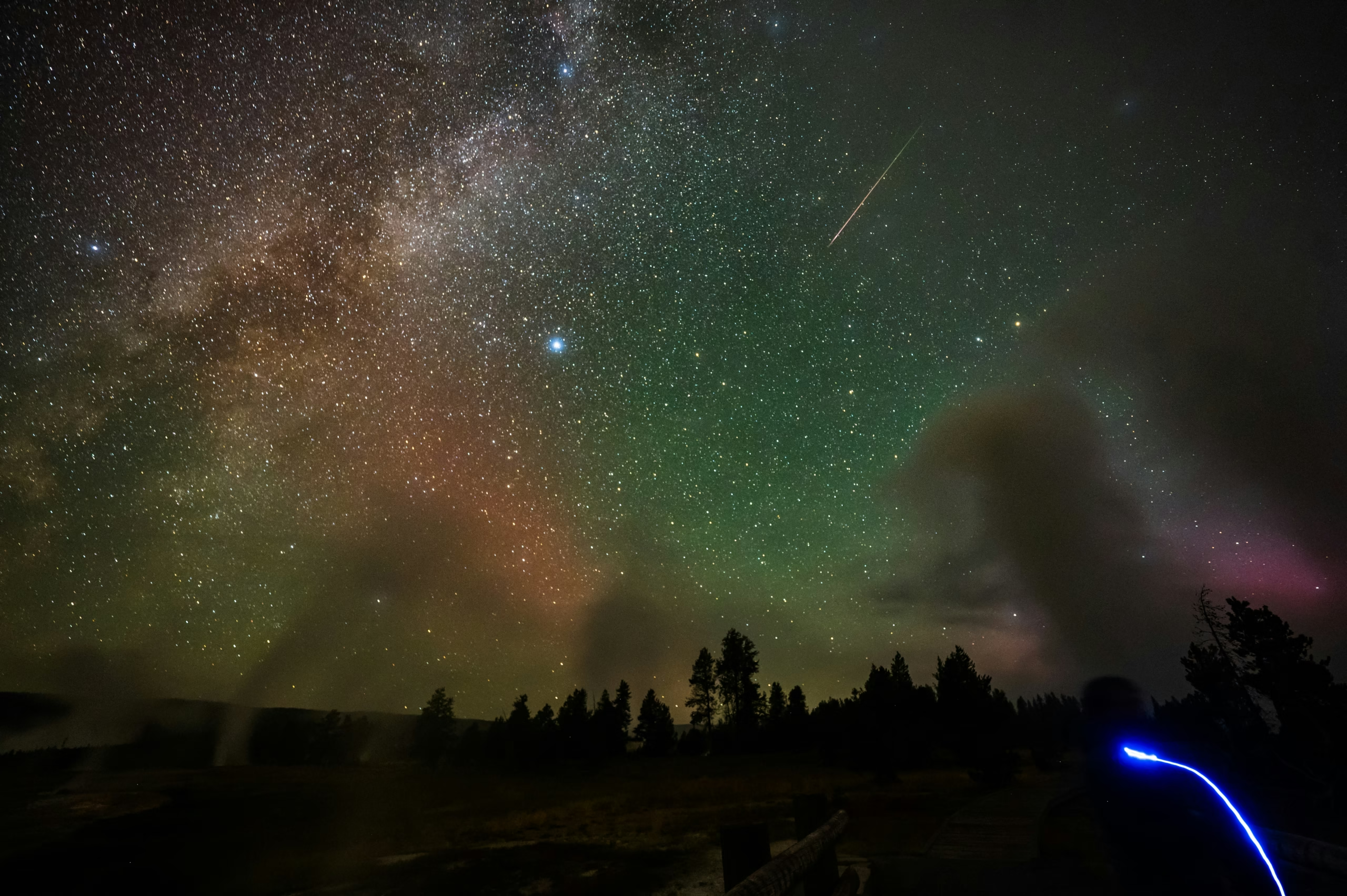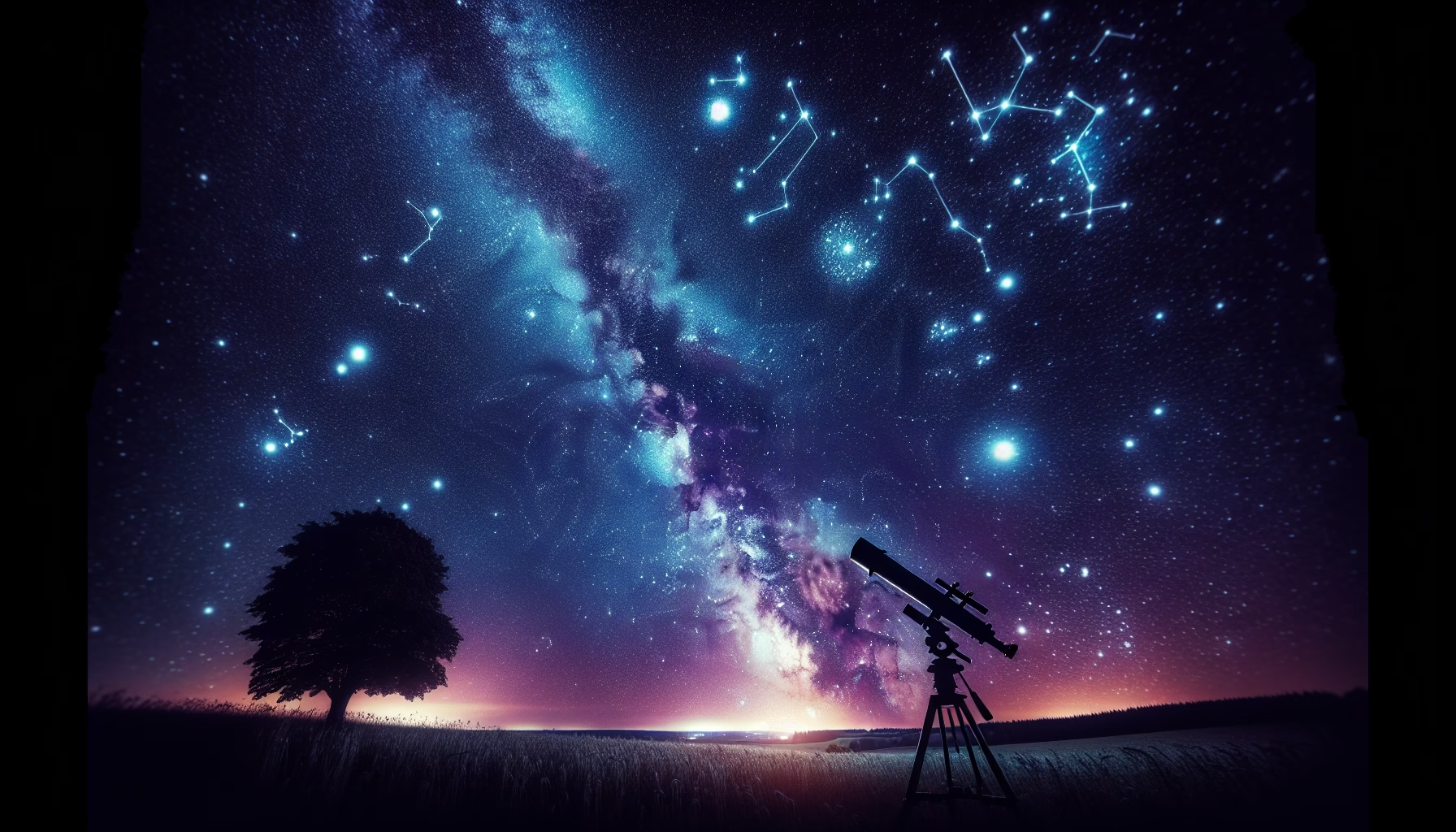What constitutes the perfect astronomical viewing conditions, and how can one create such an ideal environment to observe the celestial tapestry? Exploring astronomy demands that one be as meticulous about the earthly conditions as they are awed by heavenly wonders. With advancements in technology, the tools to enhance one’s stargazing experiences are more accessible than ever. However, these require an understanding of atmospheric conditions, light pollution, and the latest technological aids. This guide deeply explores how anyone can elevate their astronomical experiences using precise and practical approaches.

Table of Contents
The Importance of Setting
Astronomy, an ancient science and art form, requires a unique blend of clear skies, minimal artificial interference, and the right equipment. The necessity for these conditions stems not only from the desire to view celestial objects clearly but also for scientific data collection and personal satisfaction. Recognizing these elements helps define what makes stellar observation profoundly rewarding.
Clear Skies and Their Role
The clarity of the sky is the primary factor influencing astronomical observation. Cloud cover blocks views of stars and planets, making it impossible to observe details crucial for amateurs and professionals alike. Staying informed about regional weather patterns and forecasts becomes imperative. Skies around coastal regions and open plains tend to offer better visibility due to lesser atmospheric disturbances. Engaging with weather applications and websites offering satellite imagery can help plan nights for optimal viewing.
Summary of Key Elements:
- Clear skies enhance visibility of celestial bodies.
- Weather forecasts assist in planning the viewing schedule.
Understanding Light Pollution
Light pollution, primarily from urban areas, introduces a major hindrance to astronomy. In recent decades, increased urban growth has expanded this issue, washing out the starry night sky. The International Dark-Sky Association highlights this growing concern and works towards mitigating its effects, enabling better stargazing experiences.
Effects of Light Pollution
Artificial lighting disrupts the natural darkness many celestial observers depend on, translating star-lit peaks into dim shadows. This phenomenon reduces visibility of faint stars and the intricate details of celestial phenomena. However, there are tangible steps one can take to combat this.
Methods to Combat Light Pollution:
- Avoid areas close to urban centers if possible.
- Utilize backyard light shields if observing from urban neighborhoods.
- Employ filters designed to reduce artificial light effects.
Technology to Assist
Several tools and applications now provide data on light pollution levels in different regions. By leveraging these resources, one can strategically choose locations offering the least interference, thereby enhancing viewing clarity.
Useful Apps and Resources:
- Light Pollution Map app provides real-time data on regional light pollution.
- IDA-designated Dark Sky Preserves offer predefined regions for minimal light interference.

Choosing the Right Time
Timing is paramount in astronomical exploration. Earth’s rotation and orbit present windows when certain bodies become visible or when particular events occur, such as meteor showers or eclipses. Understanding both diurnal patterns and yearly celestial events enriches the observing sessions astronomers cherish.
Diurnal and Seasonal Comprehension
Some astronomical bodies can only be observed during specific seasons, while others appear on an annual basis. Familiarity with these schedules improves planning and maximizes viewing opportunities.
- Diurnal Patterns: The rotation of Earth affects the rise and set of celestial objects, necessitating precise timing.
- Seasonal Shifts: Certain cosmic elements are best visible only during particular seasons or times of the year.
Calendar Management
Creating an astronomical calendar that aligns with significant celestial events ensures preparedness. Many resources, such as the NASA Sky Events Calendar, offer detailed listings of predictable astronomy events.
Practical Application:
- Track upcoming events months in advance to prepare equipment and plans.
- Prioritize major phenomena such as solar and lunar eclipses, which require specific conditions to observe safely and effectively.
Technological Aids and Equipment
Tools such as telescopes and binoculars enhance the experience of gazing skywards. However, the right choice of equipment and understanding its operation greatly affects efficacy. Telescopes, with their variety of features and ranges, are essential to advanced observations.
Telescopes: Types and Functions
Telescopes are crucial for any serious astronomy enthusiast. From refractors to reflectors, each type offers unique advantages and challenges. Choosing the right model involves balancing personal requirements, location, and technical specifications.
Types of Telescopes:
- Refractor Telescopes: Known for image clarity, they’re suitable for planetary observations.
- Reflector Telescopes: Great for capturing faint and distant objects due to their wide aperture.
- Compound Telescopes: These combine elements of refractors and reflectors, offering versatile viewing options.
Handling and Maintenance
Regular maintenance and correct handling expand the life and effectiveness of telescopes. Routine cleaning ensures that lenses and mirrors remain dust-free for clear imaging. Assessing adjustments periodically helps maintain alignment and focus accuracy.
Maintenance Tips:
- Use compressed air or soft brushes to clean lenses.
- Regularly check and adjust any loose components to maintain optimal functionality.

Data Collection and Analysis
The ability to gather and interpret astronomical data is integral to advancing personal or professional knowledge. Many observers now strive to align with scientific methodologies for more substantial findings. Understanding data acquisition tools and optimal data representation can transform a hobby into a rewarding research pursuit.
Tools for Data Collection
Advanced data collection systems integrate with telescopes to automatically catalogue observations. This functionality is vital for documenting significant events or patterns over time.
- Cameras and Sensors: Attachments that capture real-time data, providing comprehensive details beyond the primary optical observation.
- Software Integration: Used for compiling and analyzing data, offering organized databases for easier access and evaluation.
Presenting Data
Data visualization techniques, such as charts and graphs, help in interpreting observations and sharing findings. Implementing appropriate software and applications simplifies both data representation and the communication of insights to broader audiences.
Regulation and Standards:
- Use standardized formats for data presentation to ensure comparability.
- Follow ethical guidelines in data representation to maintain integrity and accuracy.
Conclusion
While creating perfect astronomical viewing conditions involves meticulous planning and adaptation, it is a pursuit that reaps profound rewards. Knowledge of environmental factors, anticipation of celestial schedules, and effective equipment usage play crucial roles in maximizing the experience. Beyond enjoyment, these practices offer an expanded scope for understanding our universe, cemented in both scientific interest and personal delight.
By embracing technology and resources designed to facilitate optimal viewing conditions, anyone can deepen their connection with celestial wonders and appreciate the intricate dance of the cosmos.

